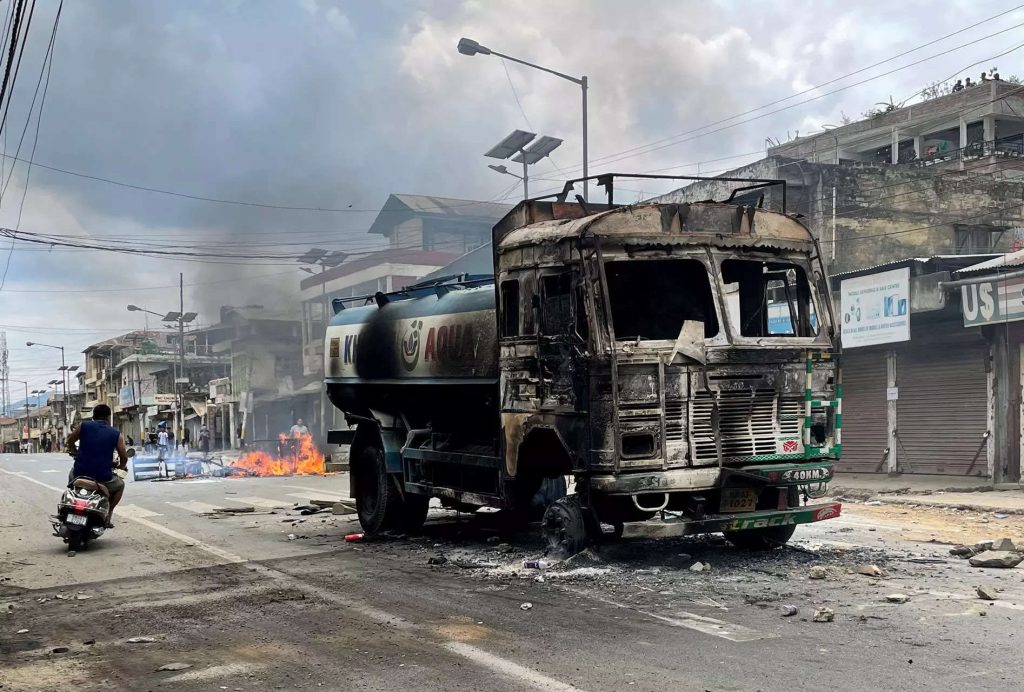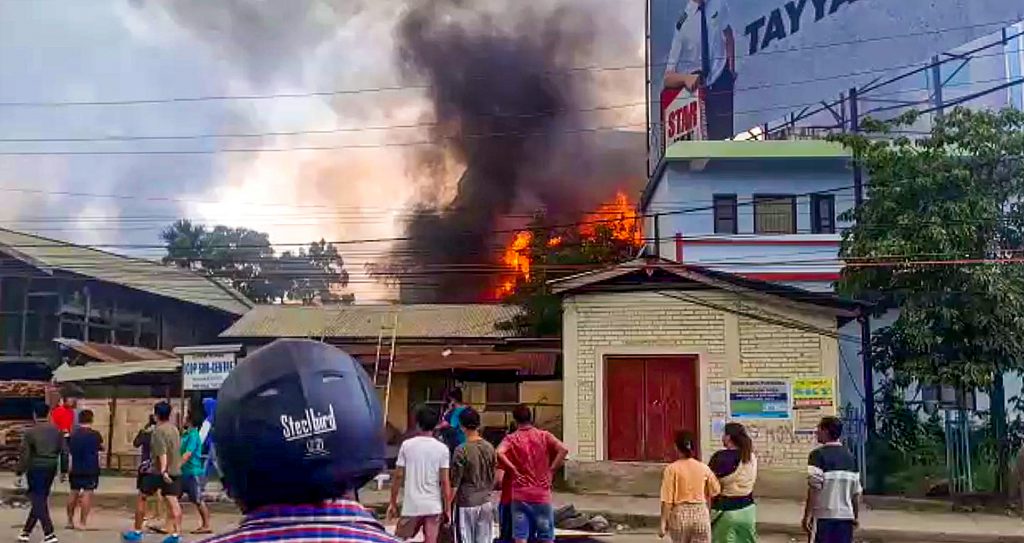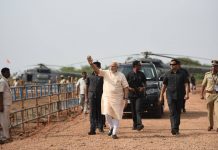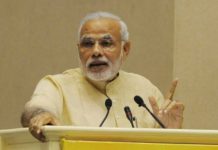

Former Governor, Manipur & DGP, J&K
Manipur has been on the boil for the past two months, but the volcano seems to be still spewing fire and venom. I stayed there for quite some time (2008-13) and the beautiful valley, hills and forests are still fresh in my mind. I still feel the presence of its flora and fauna and picture the Loktak lake in the mind’s eye.
More than everything else, I remember its people, a virtual kaleidoscope of different tribes, with different lifestyles, customs and religions, each complete in itself and yet more complete together. All stuck in the groove of time and leading simple lives, as did their forefathers. The small towns and Imphal city showed some signs of the advances of modernity; otherwise, life was a still landscape.
In Manipur, you could get lost in the haze of time and forget the hectic pace of life elsewhere. A society in slow transition from the old ways to the new, where the Indian State’s presence has been felt more in the spectre of the armed forces rather than in education and healthcare. Left largely to its own devices, rural Manipur has still kept its traditions alive, whether they be in the arts and crafts, their ancient herbal lore, temples and tribal divide.
What happened to its peaceful people, whom I still see in their lovely traditional dresses proceeding to the temples and churches to worship their gods? It has been a volcanic eruption that swept all before it. However, the primal instincts were always visible, the tribal antagonism always lay below the surface, the tribal territories had been marked out and adhered to but some cross-migration had taken place. These were the fault lines which became the targets of violence first of all.
I do not propose to indulge in finger-pointing nor in a blame game. I am too far from the scene of activity and know only what the media chooses to reveal. However, there was some trigger which set off this chain of action and reaction. One does not know whether it was an action or a reaction, whether it was intentional or unintentional. Whether it was the failure of the executive or overreach of the judiciary?
Whatever it was, it let loose ‘the dogs of war’; mayhem followed, and it still continues. Although again I have no access to factual data, but going by the media reports, over a hundred lives have been lost, hundreds injured, thousands of houses and villages burnt and properties destroyed. Much of the livestock, which is a crucial source of livelihood, must also have been lost. It appears that government property has also been targeted.

What defies all logic is the fact that police stations and police armouries have been attacked across the state and thousands of firearms and huge quantities of ammunition looted. This did not happen in the worst of times in J&K, Punjab, Delhi, Gujarat, etc. This is beyond the comprehension of anyone who has donned the uniform or is a civilian, for that matter. I’m sure these arms must have come in very handy for the mischief-mongers. It seems that in spite of appeals by the government, not many of the looted arms have been returned. They will continue to pose a challenge to the security forces in the state.
Now let us come to the thousands who have lost not only members of their families but also their homes, their livestock and means of livelihood. Thousands have fled their homes and villages in the valley and the hills and found refuge in neighbouring states or in refugee camps set up temporarily. Some might have also gone across the border to Myanmar. Whatever little that might have survived the first onslaught of violence must now have been destroyed. The conditions in the hastily established refugee camps must be abominable.
A state which cannot defend its most fundamental symbol of security — the police station — can hardly be expected to be providing quality shelters. I do not know how far the writ of the state administration has been restored and if it is able to monitor the activities at these camps. It has to be done on a war footing — providing food, shelter, sanitation, medicines, doctors, etc. It is a huge task and I hope and pray that those running the state government prove equal to the task.
It is their state, their people, their sworn duty to do so. Looking beyond the present and the refugee camps and emergency measures, there looms the larger task of rehabilitation of these uprooted people. The valley and the hills, especially the latter, afforded their people a very low level of sustenance. We cannot keep them locked up in refugee camps forever; they cannot stay with their relatives in neighbouring states forever; they have to go back to their habitat from which they have been uprooted by force of circumstance. It is this task of rehabilitation which would test our country and the state of Manipur.

Earlier, whenever and wherever such tragedies have taken place, resulting in uprooting of people, we have not succeeded in restoring them to their original habitat. In larger states and cities, people manage to find alternative places of livelihood, although never similar to what they had lost. But Manipur is a small state; its people are used to living in their valley and hills. Where will they go and from where will they obtain the means to start new lives?
The answer lies only with the Central and state governments. Fortunately, they belong to the same political party. They have to urgently draw up a rehabilitation plan which takes into consideration all aspects. It is important that the people be helped to resettle in their original habitat. This would also help in psychologically reducing the collective and individual pain. The fault lines exposed in Manipuri society are deep and primeval; they have now been renewed and deepened in the ill wind that has swept the land. Let us all help to heal and rehabilitate, to unite and build, not to divide and destroy.
The article was first published in The Tribune













